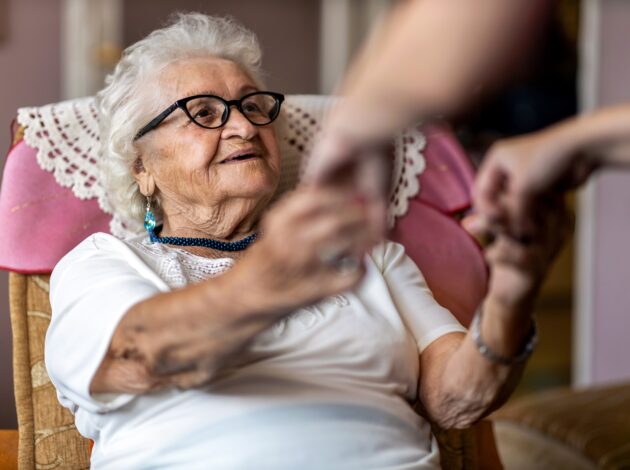How many people fund their own care?

Many people pay for their care in residential homes. Despite this there are no official estimates of the number of self-funders within the UK. Here Dr Sophie John, Head of Social Care Analysis at the ONS, sets out what we have been able to find out so far, and next steps to providing more understanding of who is funding their own care.
Today, ONS have made first steps towards being able to estimate the number of people who self-fund their care in care homes in England. Between 2019 and 2020, approximately 36.7% are care home residents self-funded their care. The Social Care Analysis team have produced estimates of the number of people who self-fund their care in care homes in England, with geographic and care home characteristic breakdowns provided.
Background
A self-funder is typically an individual who organises or funds their care in residential or community settings, as opposed to receiving financial support from the local authority or another third party.
Last year the Office for Statistics Regulation (OSR) published papers outlining gaps in evidence in social care across the four nations of the UK. Their research highlighted that not enough is known regarding the volume and value of privately funded provision of adult social care.
There is limited understanding of the size and characteristics of the self-funder population and the care they receive. There is very limited data collected on this group to help, which makes it difficult to estimate the size of the population. This leaves a significant gap in understanding how care is funded and the impact on the adult social care sector.
In 2019, the Care Quality Commission (CQC) began to collect information on funding of service users. Following on from our previous blog post entitled “Social care: Estimating the size of the self-funding population” and using the CQC data we have estimated the number of people who self-fund their care in England. This was released today alongside accompanying quality information outlining the methods employed.
This is a first step to address this evidence gap to support government funding and reform to understand vital information about this population.
What’s next?
Whilst this is a good starting point, this work can pose more questions than answers such as;
- How many people self-fund their care in the community?
- How many people self-fund in Wales, Scotland or Northern Ireland?
- Who are self-funders?
These are all questions we hope to continue to explore either ourselves, or to support others to answer.
The experimental release is the first step in a large programme of work for the Social Care Analysis Team at ONS. We have split the work into three phases;
- The first phase was released today; providing initial information on the number of people who self-fund their care in care homes in England, with geographic and care home information provided. In future work, we hope to provide similar estimations for those who self-fund their care in the community.
- The second phase involves using data linkage techniques and data assets available at ONS to provide more information on who the self-funder population are by exploring characteristic information such as age, sex, disability, education, home ownership and marital status using the 2021 Census.
- The third phase involves continuing to work with experts in this area to support further exploration of this population across the four nations and how data can potentially help to make predictions for the number of self-funders in the future.
We have developed this work with support from an advisory group of experts across government, academia and charities and would welcome further feedback. This is a first iteration to estimate the number of people who self-fund their care, we will be producing improvements and updates to this method based on feedback received.

Dr Sophie John, Head of Social Care Analysis at ONS